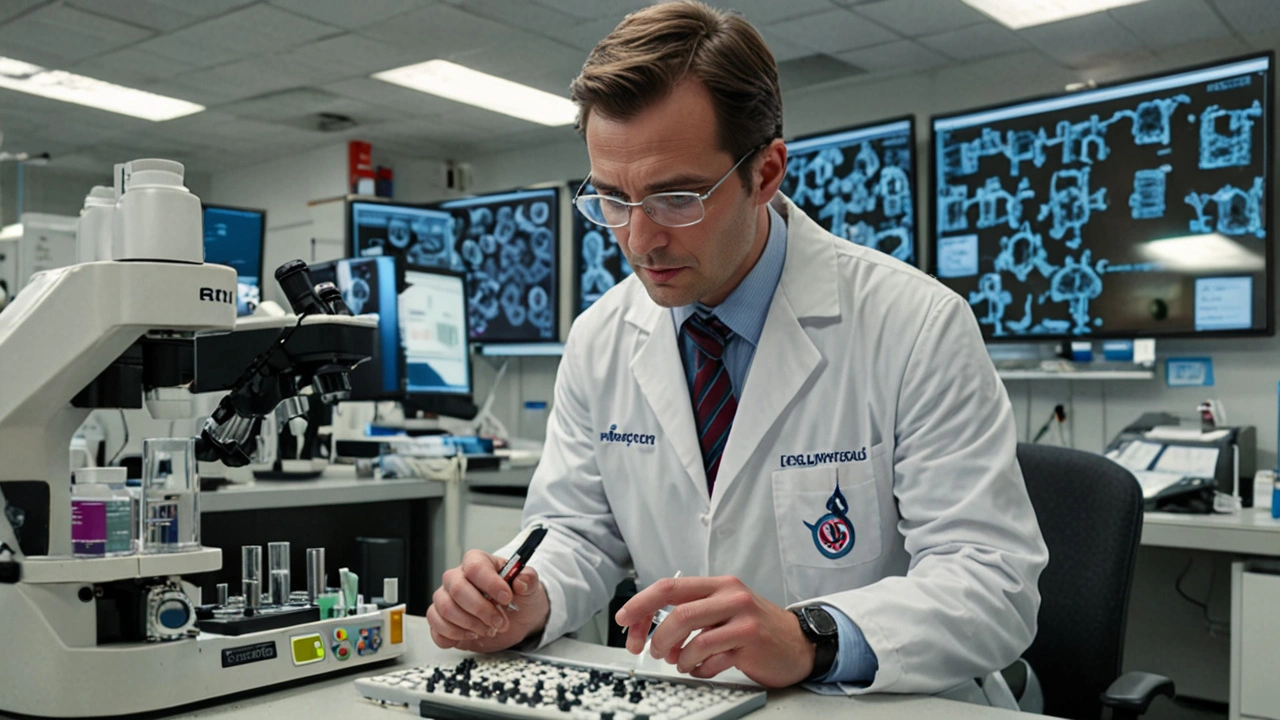Tuberculosis treatment: what works, how long, and what to watch for
Tuberculosis (TB) is curable, but the treatment needs to be done the right way. If you or someone close has a positive TB test, there are clear steps that make cure very likely. This page gives practical, plain-language info on drugs, timelines, danger signs, and how to stick with treatment.
Basic approach: latent vs active TB
If you have latent TB (positive test, no symptoms, normal chest X-ray), most doctors give one of several short preventive regimens to stop active disease. That might be 3–9 months of isoniazid or a shorter rifamycin-based combo. For active pulmonary TB (cough, weight loss, night sweats, abnormal X-ray), treatment uses a multi‑drug regimen to kill bacteria and prevent resistance.
First-line drugs for active TB are isoniazid (INH), rifampicin (rifampin), pyrazinamide, and ethambutol. The usual initial phase is 2 months with all four drugs, followed by 4 months of isoniazid and rifampicin—so a common total is 6 months. Some cases need longer treatment.
Drug-resistant TB and special situations
If TB is resistant to isoniazid or rifampicin (MDR-TB), treatment is longer and uses different drugs—often including fluoroquinolones (like moxifloxacin), bedaquiline, linezolid, and others. That can last 9–20 months or more under specialist care. People with HIV, pregnancy, liver disease, or children need tailored plans and closer follow-up.
Side effects are common but manageable. Isoniazid can cause nerve pain—pyridoxine (vitamin B6) is given to prevent this. Rifampicin affects liver tests and makes some pills less effective. Pyrazinamide can raise uric acid and upset the liver. Ethambutol can affect vision, so report any blurring or color changes right away. Regular blood tests and eye checks help catch problems early.
Adherence is the single biggest factor for cure. Missing doses lets bacteria survive and can lead to resistance. Directly Observed Therapy (DOT) means a healthcare worker watches doses being taken and is used where adherence is a problem. Simple tricks help: set phone alarms, use a pill box, link pills to a daily routine (like brushing teeth), and ask family for reminders.
Prevention and public health matter. If someone in your household has active TB, contacts should be tested and, if needed, given preventive therapy. BCG vaccine offers some protection for young children but does not reliably stop adult lung TB. In many places, TB is a reportable disease—health clinics will help trace and test contacts.
When to see help: persistent cough over 2–3 weeks, coughing blood, high fevers, unexplained weight loss, sudden vision problems on ethambutol, or jaundice. If you suspect TB or are on treatment and feel worse, contact your clinic immediately.
Want more detail? Look for resources on drug side effects, moxifloxacin use in resistant TB, and how TB treatment changes when you have other conditions like HIV or pregnancy. Good care and steady medicine usually lead to cure—stick with the plan and keep your clinic in the loop.

